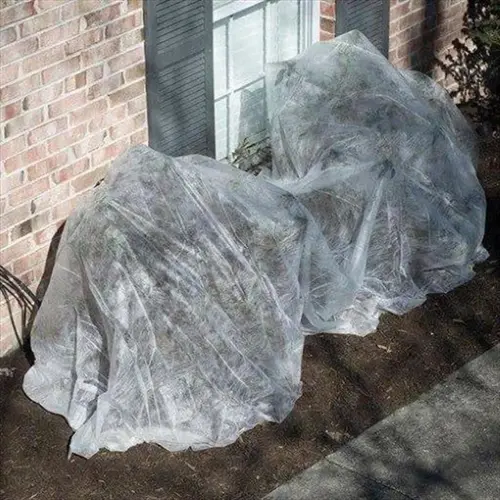How do training systems differ for apple vs. peach trees?

Written by
Benjamin Miller
Reviewed by
Prof. Samuel Fitzgerald, Ph.D.Apples and peaches need entirely different training systems, which in turn determine their growth habit and yield. The central leader is the best option for apples, as it provides a vertical main trunk that supports the tree's growth. Peaches, on the other hand, are better developed with an open center to allow for the best sunlight. Each method will be established during planting and continued through annual pruning as long as the tree is alive.
Apple Training Protocol
- Select strongest vertical shoot as central leader
- Develop scaffold branches at 18-24 inch intervals
- Maintain 60° angles using spreaders or weights
Peach Training Steps
- Choose 3-4 well-spaced scaffolds at planting
- Remove center growth to create vase shape
- Maintain 45° angles for optimal fruit production
Annual Maintenance
- Apples: Thin competing leaders annually
- Peaches: Head back vigorous upright growth
- Both: Remove inward-growing branches each season
Light Management
- Apples: Maintain 18-24 inch scaffold spacing
- Peaches: Ensure sunlight reaches center
- Both: Thin canopy to allow dappled ground light
Near the trunk of the tree, the system keeps apples engaged for vertical productivity. The central leader continues upward with equally spaced scaffold branches, creating different zones of fruiting for optimal spacing. Scaffolds are trained to a 60° angle using limb spreaders to minimize narrow crotches that would crack from fruit weight.
Peaches require open center training for sunlight penetration. When I plant a peach, I choose three strong scaffolds spaced at 45 degrees from each other. I remove all centered growth, giving my peach a vase shape. This shape allows sunlight to penetrate through the entire canopy, ripening all fruit evenly. I sustain this openness annually.
Yearly pruning is fundamentally different across systems. For apples, it is leader management- removing competing vertical shoots. For peaches, it is center management- removing water sprouts that block light to the center. Both will require proper thinning cuts to accommodate crossing branches. I clarify these differences in my workshops.
Proper training establishes decades of production in a tree. Apples will produce fruit sooner when trained in a central leader system. In contrast, peaches will produce more consistently with open centers. Following the biology of the species in that way produces sturdily built trees that can withstand large crops without damage. Your orchard will flourish when you shape it according to species.
Read the full article: Pruning Fruit Trees: 10 Essential Steps

